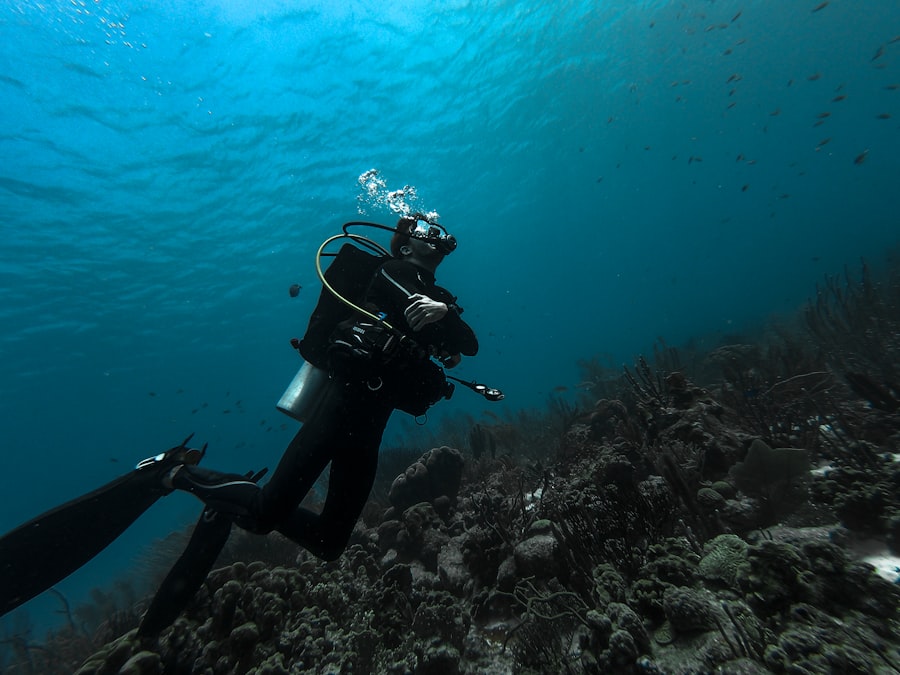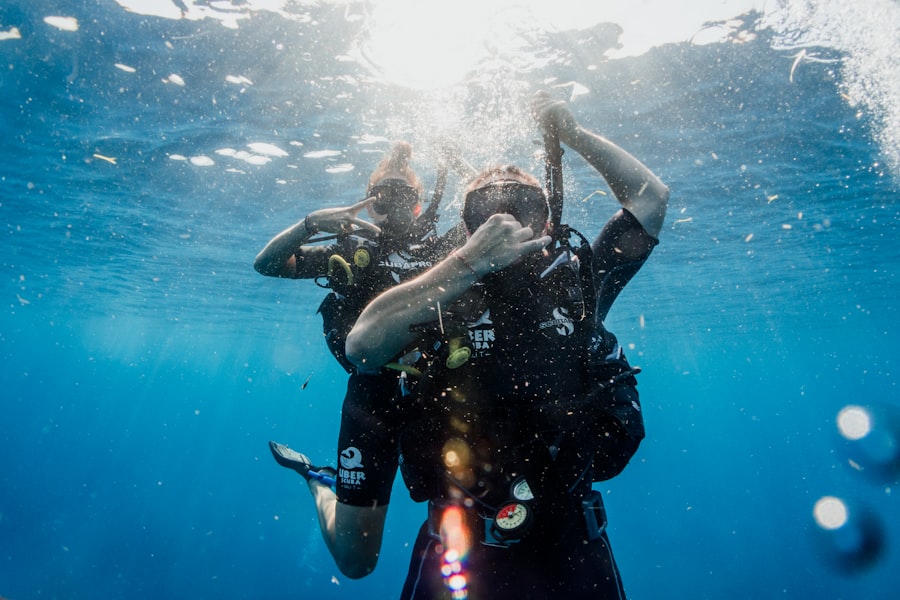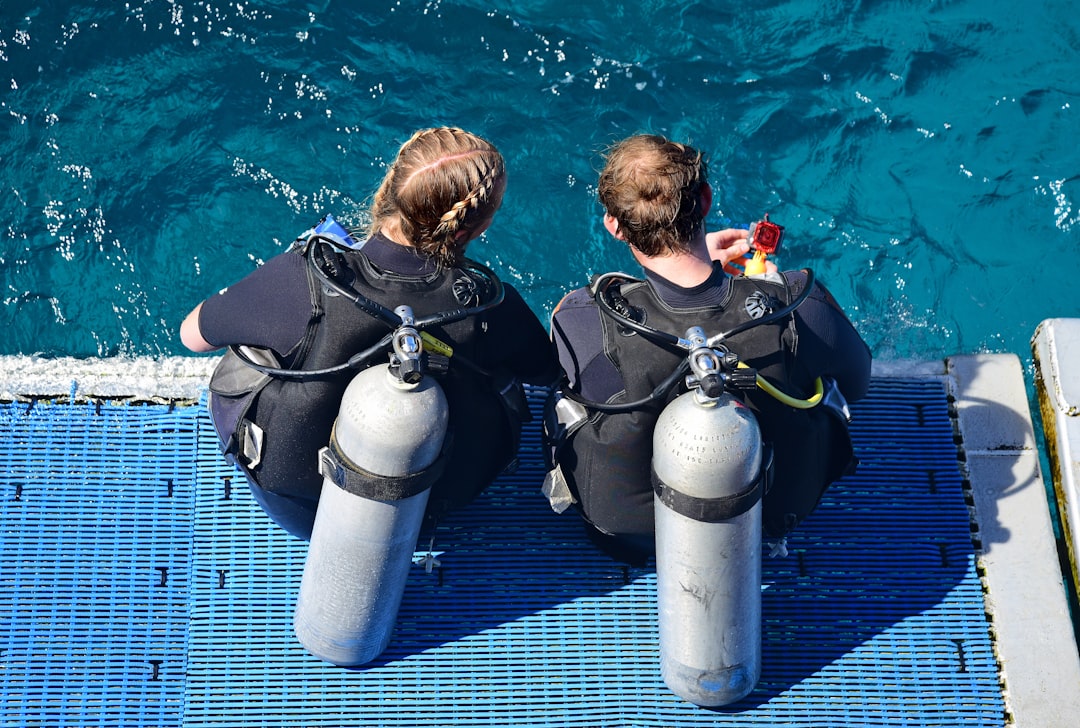The Drake Passage, a body of water that separates South America from Antarctica, is renowned for its tumultuous seas and unpredictable weather. However, beneath its often-turbulent surface lies a scuba diving paradise that attracts adventurers from around the globe. This unique destination offers divers an unparalleled opportunity to explore one of the most remote and pristine marine environments on Earth.
The passage is not just a geographical feature; it is a gateway to an underwater world teeming with life, dramatic landscapes, and historical significance. Diving in the Drake Passage is unlike any other experience. The cold waters, rich in nutrients, create a vibrant ecosystem that supports a diverse array of marine species.
For those willing to brave the elements, the rewards are immense. The combination of stunning underwater topography, including deep channels and submerged mountains, along with the chance to encounter unique wildlife, makes the Drake Passage a must-visit for serious divers. The allure of this destination lies not only in its natural beauty but also in the sense of adventure that comes with exploring such an isolated part of the world.
Key Takeaways
- The Drake Passage is a unique and exciting scuba diving destination, offering a one-of-a-kind experience for adventurous divers.
- The rich marine life of the Drake Passage includes a diverse range of species, from penguins and seals to whales and a variety of fish.
- The history and significance of the Drake Passage as a maritime route and its role in exploration and scientific research make it a fascinating destination for divers.
- Scuba diving in the Drake Passage presents challenges such as strong currents, cold temperatures, and unpredictable weather, requiring experienced and well-prepared divers.
- The best times for scuba diving in the Drake Passage are during the austral summer months of December to February, when the weather and sea conditions are most favorable for diving.
The Rich Marine Life of the Drake Passage
The marine life in the Drake Passage is as diverse as it is abundant. The cold, nutrient-rich waters serve as a feeding ground for a variety of species, making it one of the most biodiverse marine environments on the planet. From playful sea lions to majestic whales, the passage is home to an impressive array of wildlife.
Among the most iconic inhabitants of the Drake Passage are the various species of penguins, seals, and seabirds that thrive in this frigid environment. The sight of a colony of Adélie or Gentoo penguins waddling along the icy shores is a highlight for many divers.
Additionally, the passage is known for its whale migrations, with humpback and orca whales frequently spotted during certain times of the year. This rich tapestry of life not only captivates divers but also underscores the ecological importance of preserving such a unique habitat.
The History and Significance of the Drake Passage

The Drake Passage has long been a significant route for explorers and sailors throughout history. Named after Sir Francis Drake, who navigated these waters in the late 16th century, the passage has been both a challenge and a gateway for maritime exploration. Its treacherous conditions have earned it a reputation as one of the most dangerous stretches of water in the world, yet it has also served as a vital link between the Atlantic and Pacific Oceans.
Historically, the Drake Passage has played a crucial role in scientific research and exploration. It has been a focal point for studies on climate change, ocean currents, and marine biodiversity. The passage’s unique position at the confluence of different oceanic systems makes it an ideal location for researchers seeking to understand global environmental changes.
As such, it holds not only historical significance but also contemporary relevance in discussions about conservation and climate science.
The Challenges of Scuba Diving in the Drake Passage
| Challenges | Impact |
|---|---|
| Strong currents | Difficulty in maintaining position |
| Cold water | Risk of hypothermia |
| Unpredictable weather | Difficulty in planning dives |
| Remote location | Limited access to emergency services |
While the allure of diving in the Drake Passage is undeniable, it is essential to acknowledge the challenges that come with such an adventure. The unpredictable weather patterns and strong currents can pose significant risks to divers. The passage is notorious for its rough seas, which can change rapidly, making it crucial for divers to be well-prepared and experienced before embarking on this journey.
Moreover, the cold water temperatures present another challenge. Divers must be equipped with appropriate thermal protection to ensure their safety and comfort during dives. Hypothermia is a real concern in these frigid waters, and even experienced divers must take precautions to avoid exposure.
Despite these challenges, many divers find that overcoming these obstacles only adds to the thrill of exploring this remarkable underwater world.
The Best Times for Scuba Diving in the Drake Passage
Timing is critical when planning a diving expedition in the Drake Passage. The best months for scuba diving typically fall between November and March when conditions are more favorable.
In addition to favorable weather conditions, this timeframe coincides with peak wildlife activity. Many species, including whales and penguins, are more visible during these months as they engage in breeding and feeding behaviors. Divers who plan their trips during this window can maximize their chances of encountering diverse marine life while enjoying more manageable sea conditions.
The Top Scuba Diving Sites in the Drake Passage

The Drake Passage boasts several exceptional diving sites that cater to various skill levels and interests. One notable location is Deception Island, an active volcanic island that offers unique underwater topography and geothermal features. Divers can explore submerged volcanic formations while encountering an array of marine life that thrives in these nutrient-rich waters.
Another popular site is Elephant Island, known for its dramatic cliffs and rich biodiversity. This location provides divers with opportunities to see seals lounging on rocky outcrops and schools of fish darting through kelp forests. Each dive site within the Drake Passage offers its own distinct experience, ensuring that divers can find something new and exciting at every turn.
The Equipment Needed for Scuba Diving in the Drake Passage
Diving in the Drake Passage requires specialized equipment to ensure safety and comfort in its cold waters. A drysuit is essential for maintaining body heat during dives, as water temperatures can drop significantly even during peak diving season. Additionally, divers should invest in high-quality thermal undergarments to provide extra insulation against the chill.
Other necessary equipment includes a reliable dive computer to monitor depth and time underwater, as well as appropriate weights to ensure buoyancy control in varying water conditions. A good quality mask and fins are also crucial for maximizing visibility and mobility while exploring underwater landscapes. Given the unique challenges posed by diving in this region, having well-maintained gear is vital for a successful diving experience.
The Importance of Conservation in the Drake Passage
As one of the last untouched marine environments on Earth, conservation efforts in the Drake Passage are paramount. The delicate ecosystems found within these waters are vulnerable to human activities such as overfishing, pollution, and climate change. Protecting this unique habitat is essential not only for preserving its biodiversity but also for maintaining its role in global ocean health.
Various organizations are actively working to promote sustainable practices and raise awareness about the importance of conservation in the region. Initiatives aimed at reducing plastic waste and promoting responsible tourism are crucial steps toward safeguarding this pristine environment for future generations. Divers visiting the Drake Passage can play a role in these efforts by adhering to responsible diving practices and supporting conservation initiatives.
The Thrill of Exploring Shipwrecks in the Drake Passage
For many divers, exploring shipwrecks adds an exhilarating dimension to their underwater adventures. The Drake Passage is home to several notable wrecks that tell stories of maritime history and human endeavor. These submerged relics provide not only thrilling dive experiences but also opportunities for historical exploration.
One famous wreck is that of the SS Guinevere, which sank in 1914 during a storm while navigating through the passage. Today, it serves as an artificial reef teeming with marine life, offering divers a glimpse into both history and ecology. Exploring such wrecks allows divers to connect with the past while witnessing how nature reclaims these vessels over time.
The Unique Underwater Landscape of the Drake Passage
The underwater landscape of the Drake Passage is characterized by dramatic topography that captivates divers from all walks of life. Submerged mountains rise from the ocean floor, creating deep channels and caverns that provide shelter for diverse marine species. Kelp forests sway gently with ocean currents, offering a mesmerizing backdrop for underwater exploration.
The visibility can vary greatly depending on weather conditions and location; however, when conditions are right, divers are treated to stunning views of colorful coral reefs and vibrant marine life. This unique underwater landscape not only enhances the diving experience but also serves as a reminder of the intricate connections between land and sea.
The Experience of Scuba Diving in the Drake Passage
Diving in the Drake Passage is an experience that transcends mere adventure; it is an immersion into one of nature’s most awe-inspiring environments. As divers descend into these cold waters, they are greeted by a world unlike any other—one filled with vibrant colors, dynamic marine life, and breathtaking underwater landscapes. Each dive presents an opportunity for discovery and connection with nature that leaves a lasting impression.
The thrill of encountering majestic creatures like whales or playful seals creates unforgettable memories that resonate long after leaving the water’s edge. For many divers, exploring the depths of the Drake Passage becomes more than just a hobby; it transforms into a passion that fosters a deeper appreciation for marine ecosystems and their preservation. Ultimately, scuba diving in this remarkable region offers not only adventure but also a profound sense of wonder at the beauty and complexity of life beneath the waves.
Scuba diving in the Drake Passage is an exhilarating experience that offers divers a unique opportunity to explore one of the most remote and challenging marine environments on the planet. The passage, known for its turbulent waters and rich biodiversity, attracts adventurous divers eager to witness its underwater wonders. For those interested in learning more about the geographical and environmental aspects of such unique diving locations, a related article can be found on MyGeoQuest. This resource provides valuable insights into the geological features and natural beauty of various global destinations, making it a perfect complement to the adventurous spirit of Drake Passage scuba diving.
WATCH NOW! Drake Passage: Earth’s Deadliest Waters Revealed
FAQs
What is the Drake Passage?
The Drake Passage is the body of water between the southern tip of South America and the northern tip of the Antarctic Peninsula. It is known for its rough seas and challenging weather conditions.
Is scuba diving in the Drake Passage possible?
Yes, scuba diving is possible in the Drake Passage, but it is only suitable for experienced divers due to the extreme conditions and cold water temperatures.
What are the diving conditions like in the Drake Passage?
Diving conditions in the Drake Passage are challenging, with strong currents, cold water temperatures, and limited visibility. Divers should be prepared for rough seas and rapidly changing weather conditions.
What kind of marine life can be found in the Drake Passage?
The Drake Passage is home to a diverse range of marine life, including seals, penguins, whales, and various species of fish. Divers may also encounter cold-water corals and sponges.
Are there dive operators that offer trips to the Drake Passage?
Yes, there are dive operators that offer expeditions to the Drake Passage for experienced divers. These trips typically involve liveaboard vessels and are often part of larger Antarctic diving expeditions.
What are the best times of year for scuba diving in the Drake Passage?
The best time for scuba diving in the Drake Passage is during the Antarctic summer, which runs from November to March. This is when the weather is relatively milder and the sea ice is less extensive.
